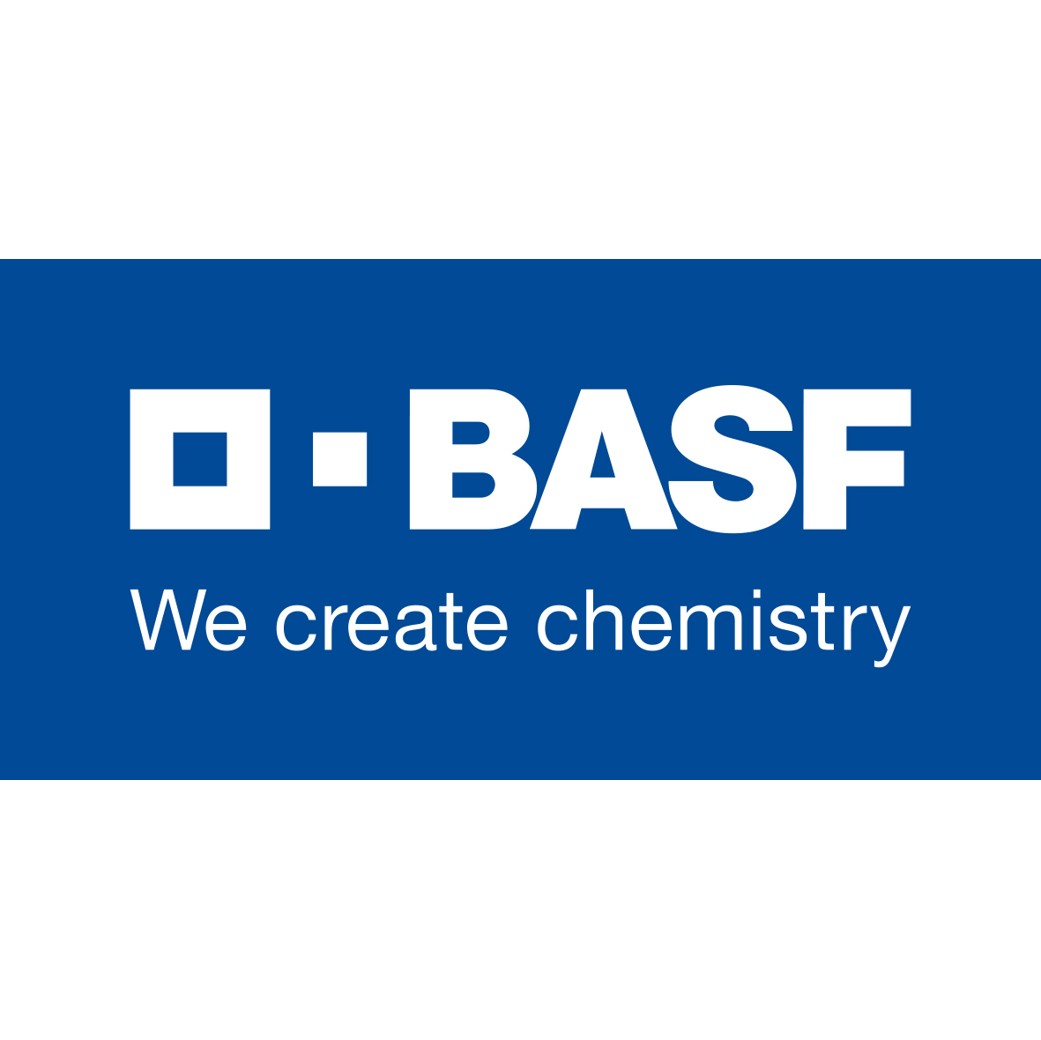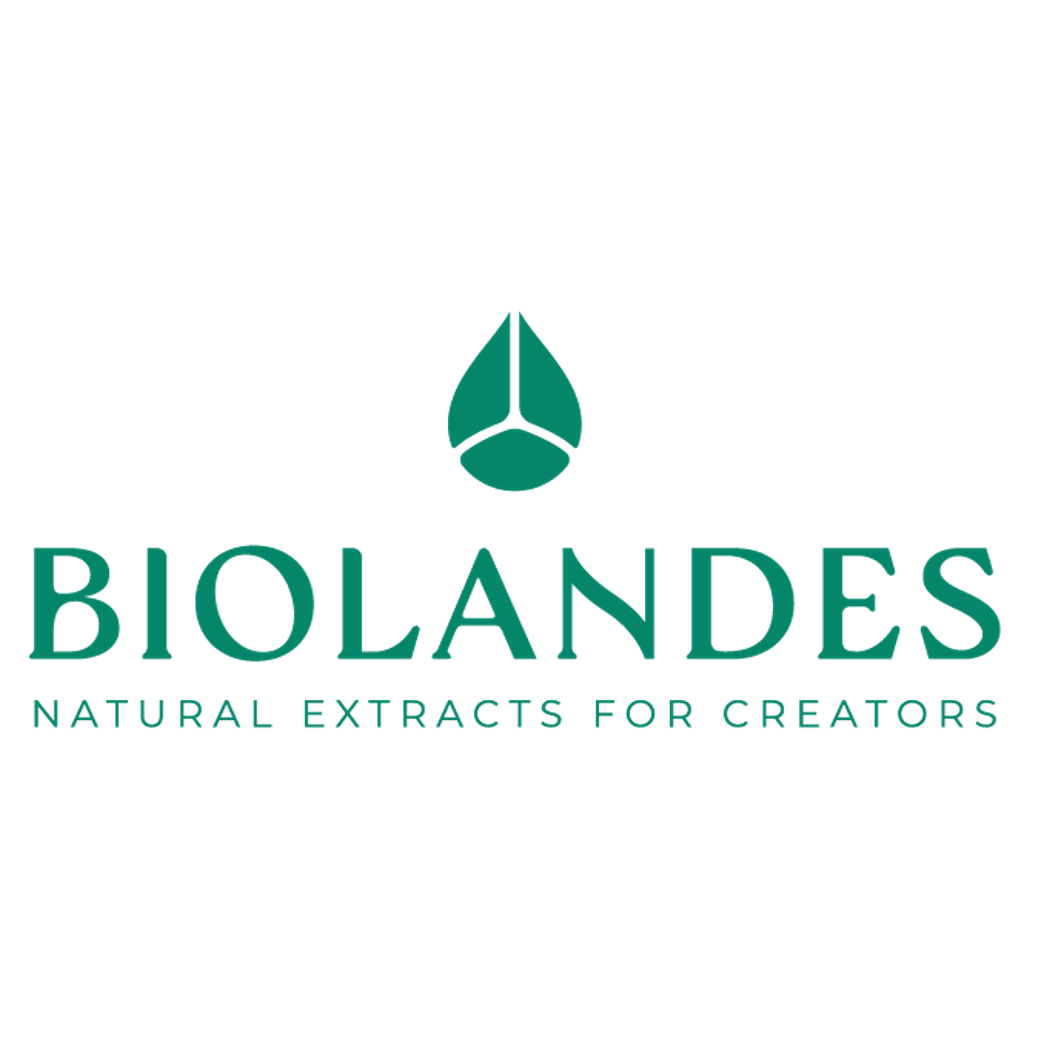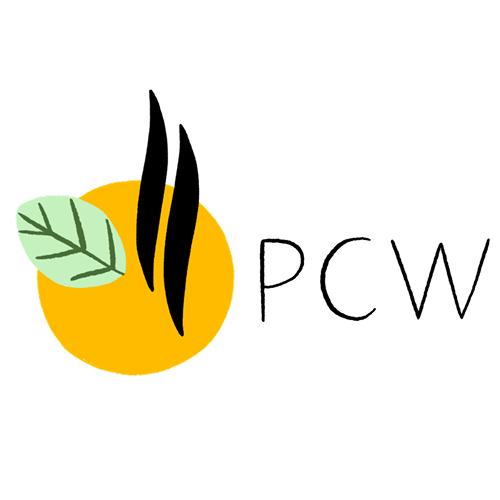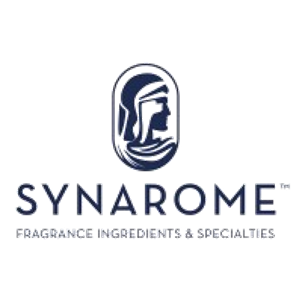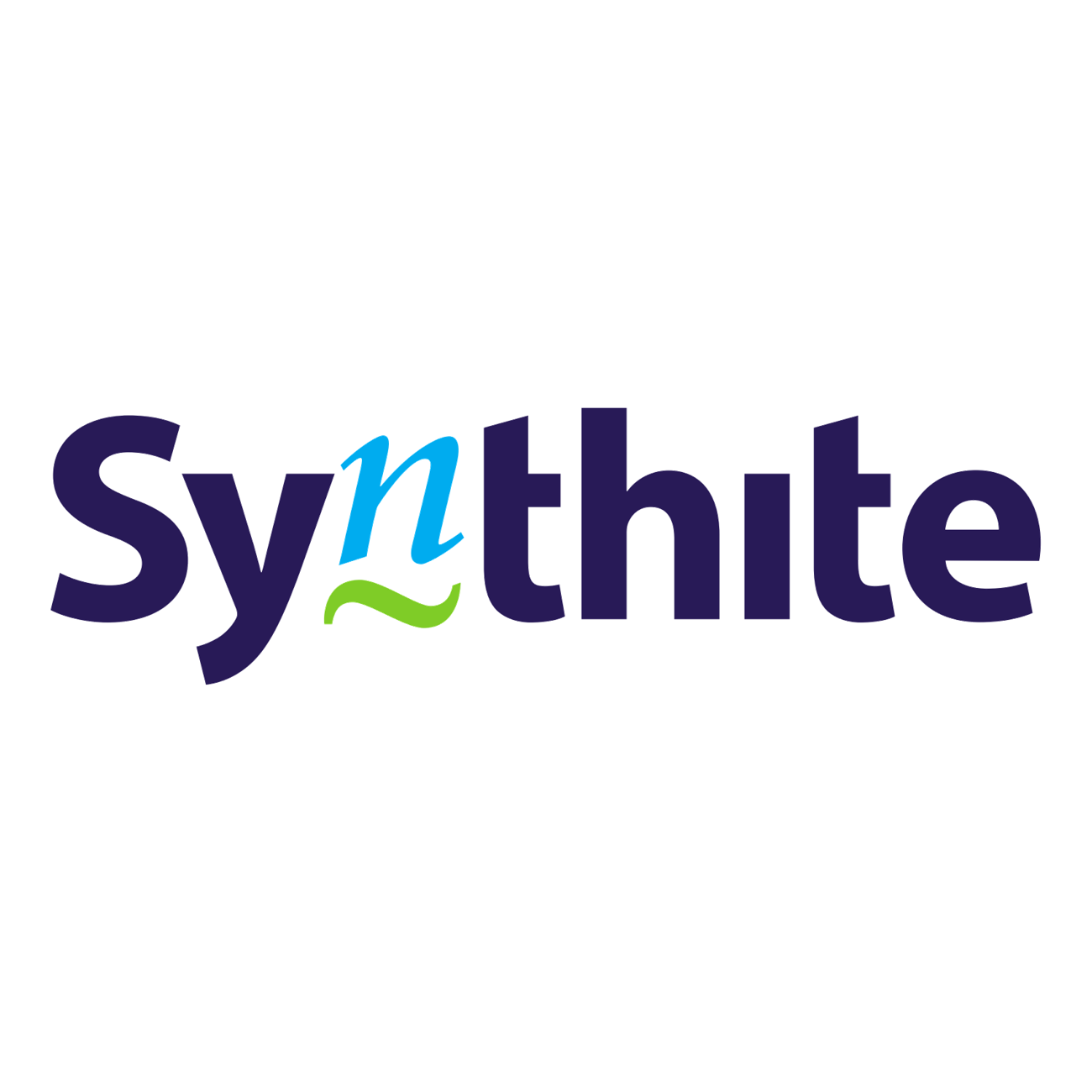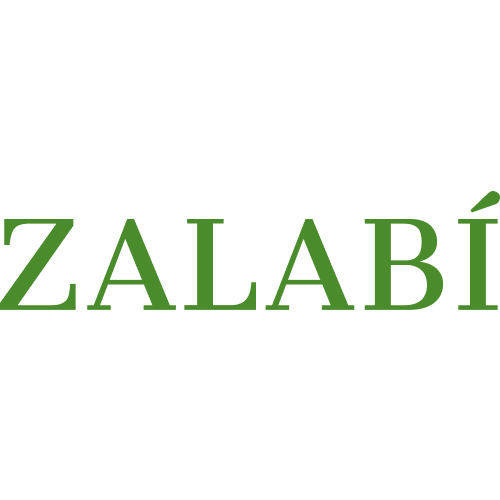
Photo credits: ScenTree SAS
| Company | Ingredient Name | ID | Comments | Naturality | Certifications | MOQ | Purity |
|---|---|---|---|---|---|---|---|
|
|
GERANYL ACETATE 60 RC | 901253 |
Visit website
|
Molecules |


|
- | - |
|
|
GERANYL ACETATE PURE RC | 901236 |
Visit website
|
Molecules |


|
- | - |
|
|
Acetate de Géranyle - 30 Gr | - |
Visit website
|
- | - | - | |
|
|
Geranyl Acetate 98%+ | CT-202 |
Visit website
|
Natural |



|
25 Kgs | 98%+ |
|
|
GERANYL ACETATE | M_0050634 |
Visit website
|
Naturel | - | - | |
|
|
Geranyl Acetate 60 | 30333479 |
Visit website
|
Molecule | - | - | |
|
|
Geranyl Acetate Extra | 30292732 |
Visit website
|
Molecule | - | - | |
|
|
Geranyl Acetate Extra BMBcert™ | 30786721 |
Visit website
|
Molecule | - | - | |
|
|
GERANYL ACETATE | - |
Visit website
|
- | 10 grs | - |
General Presentation
-
CAS N° :
105-87-3 -
EINECS number :
203-341-5 -
FEMA number :
2509 -
FLAVIS number :
09.011
-
JECFA number :
58 -
Volatility :
Heart -
Price Range :
€
Physico-chemical properties
-
Appearance :
Colorless liquid -
Density :
0,907 -
Refractive Index @20°C :
1.457 - 1.462 -
Optical rotation :
Data not available. -
Vapor pressure :
0.014914 mmHg @23°C 0.0255 mmHg @25°C -
Flash Point :
104°C (219,2°F)
-
Molecular formula :
C12H20O2 -
Molecular Weight :
196,29 g/mol -
Log P :
3,7 -
Fusion Point :
< -100 °C (< -148°F) -
Boiling Point :
138°C (280,4°F) -
Detection Threshold :
Il peut aller de 9 ppb à 460 ppb (0,000046%), ce qui reste très faible
Chemistry & Uses
Uses in perfumery :
Geranyl acetate is used in fruity-pear, rose, lavender, lily of the valley, apple and verbena notes among others.
Year of discovery :
Data not available.
Natural availability :
Geranyl acetate is present in Palmarosa EO, Rose EO and Lemongrass EO, from which it can be extracted.
Isomerism :
Neryl acetate, a (Z) diastereoisomer of Geranyl acetate, has a lighter, more terpenic smell than Geranyl acetate. Linalyl acetate, Terpenyl acetate and Isobornyl acetate are constitutional isomers of Geranyl acetate. However, Linalyl acetate and Terpenyl acetate are reminiscent of Bergamot EO, and Isobornyl acetate is reminiscent of pine.
Synthesis precursor :
Geranyl acetate is not a precursor to the synthesis of another compound of olfactory interest.
Synthesis route :
Geranyl acetate can be synthesized from Geraniol by an esterification reaction using acetic acid or acetic anhydride, or from Myrcene, in two stages: an addition reaction with hydrochloric acid, catalysed by copper chloride II, then an acetolysis reaction using sodium ethanoate and a base such as triethylamine. This reaction allows to obtain both (E) Geranyl acetate and (Z) Neryl acetate, two diastereoisomers.
Stability :
acetates may form acetic acid through time. Geranyl acetate is particularly unstable.
Other comments :
Data not available.
IFRA
IFRA 51th :
This ingredient is not restricted for the 51th amendment





